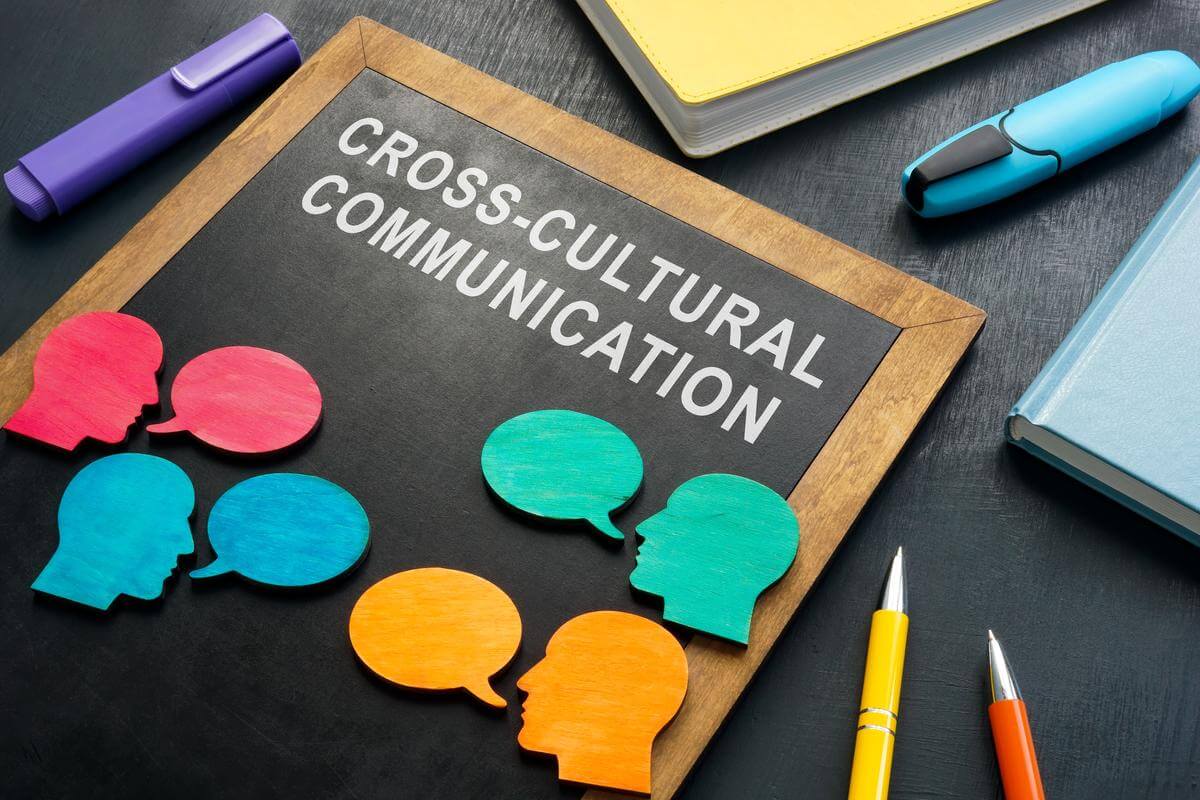
Have you ever had a conversation with someone where you both speak the same language, but still end up with very different interpretations of what was said? This can happen due to a variety of factors, but one key consideration is semantics. Semantics refers to the branch of linguistics concerned with meaning – in other words, how language conveys ideas and concepts.
In this blog post, we’ll explore the role of semantics in communication, and look at why it’s so important to have a good understanding of semantics in various contexts. We’ll also look at specific examples of how semantics can affect business communication, cross-cultural communication, legal communication, and political communication.
The Meaning Of Semantics
Before we dive into the ways in which semantics affects different forms of communication, it’s worth taking a step back to examine what exactly we mean by “semantics. ” in linguistic terms, semantics relates to the study of meaning and how we convey ideas and concepts through language. This is often contrasted with syntax, which refers to how words are organized within a sentence.
One way to think of semantics is to consider how we use language to convey different meanings based on the context. For instance, the word “light” can have different meanings depending on whether we’re talking about a source of illumination, or whether we’re referring to something that doesn’t weigh very much. Similarly, the word “bank” can refer to a financial institution or a strip of land alongside a river.
While these are relatively straightforward examples, the nuances of semantics can be much more complex – especially when you factor in cultural and regional differences in language use. This is what makes semantics such an important consideration in communication.

Semantics And Communication
So how does semantics come into play in communication? To put it simply, semantics is what allows us to convey meaning and understand each other in conversations. However, the complexity of language means that there’s always potential for misinterpretation, confusion, or ambiguity.
For instance, consider the phrase “i’m fine. ” depending on the context, this can be a neutral response to a question about how you’re doing, or it could be a dismissive way of avoiding further conversation about your feelings. Alternatively, the phrase could be used sarcastically to convey annoyance or frustration. Without a good understanding of the context and the nuances of language use, it can be hard to tell what someone really means when they say something like “i’m fine. ”
Similarly, semantics can affect how we interpret non-verbal communication. A smile, for instance, can be a friendly gesture in some contexts, or it can indicate sarcasm or insincerity in others. In these cases, understanding the subtleties of language use and non-verbal cues is essential for effective communication.
The Importance Of Semantic Understanding
Given the potential for misinterpretation and confusion in communication, it’s clear that having a good understanding of semantics is essential. This is especially important in contexts where clear communication is crucial – for instance, in business, legal, or political settings.
In order to communicate effectively, it’s important to consider how your choice of words might be interpreted by others – especially in situations where you might be communicating with people from different cultural or linguistic backgrounds. This means taking into account factors like idiomatic expressions, cultural references, and regional language variations.
At the same time, it’s important to actively listen to what others are saying and ask clarifying questions when needed. This can help to avoid misunderstandings and ensure that everyone is on the same page.
Specific To Business Communication
In the world of business, effective communication is essential for success. Whether you’re negotiating a deal with a client, communicating with colleagues, or drafting an email to your boss, it’s important to use language carefully and thoughtfully.
In business communication, semantics can come into play in a variety of ways. For instance, using technical jargon or industry-specific terms without providing definitions can lead to confusion or misunderstandings. Similarly, cultural differences in language use can affect how your message is received by others – for instance, using direct, frank language may be acceptable in some contexts but seen as rude or abrasive in others.
In order to communicate effectively in the business world, it’s important to be aware of these factors and tailor your language accordingly. This means taking the time to understand your audience, considering the context and purpose of your communication, and choosing your words carefully to convey your intended message.

Specific To Cross-Cultural Communication
As the world becomes increasingly globalised, cross-cultural communication is becoming more and more important. This means communicating with people from different linguistic and cultural backgrounds – whether within your own company or when conducting business with international partners.
One key consideration in cross-cultural communication is the potential for misunderstandings and misinterpretations due to differences in language and communication styles. For instance, in some cultures, indirect language use is preferred – whereas in others, direct, straightforward language is expected. Similarly, the use of humour or sarcasm can be interpreted very differently depending on the cultural context.
In order to communicate effectively in a cross-cultural context, it’s important to be aware of these differences and adjust your language use accordingly. This might mean using more formal or indirect language with some partners, or being more explicit in your communication to ensure that your message is clear and unambiguous.
Specific To Legal Communication
In the legal field, clear and accurate communication is essential. Whether you’re drafting a legal brief, communicating with clients, or arguing a case in court, your choice of language can have a significant impact on the outcome of your work.
One key consideration in legal communication is the use of precise language and terminology. Legal terminology can be complex and highly specific, and it’s important to use it accurately to avoid misunderstandings or misinterpretations.
At the same time, clarity is also important in legal communication. Legal jargon can be confusing or intimidating to those who aren’t familiar with it, and it’s important to explain complex concepts and terms in plain language wherever possible.
Specific To Political Communication
In political communication, the stakes can be high. Whether you’re running for office, advocating for a particular policy, or communicating with constituents, your choice of language can have a significant impact on how your message is received.
One key consideration in political communication is the use of propaganda and other forms of strategic messaging. This can involve using language to deliberately shape public opinion or influence how people think about certain issues. While this can be an effective way of achieving political goals, it’s also important to consider the potential ethical implications of using language in this way.
At the same time, it’s also important for politicians to communicate their ideas and policies clearly and effectively. This means considering the language and messaging used in political campaigns, as well as in speeches and other forms of public communication.

Semantics plays a crucial role in communication – allowing us to convey meaning, understand each other, and avoid misunderstandings. Whether in the context of business, cross-cultural communication, legal communication, or political communication, understanding the subtleties of language use is essential for effective communication.
By taking the time to consider your audience, the context of your communication, and the nuances of language use, you can ensure that your message is conveyed clearly and accurately. This can help to build stronger relationships, foster understanding between different cultures and groups, and ultimately achieve your communication goals.
